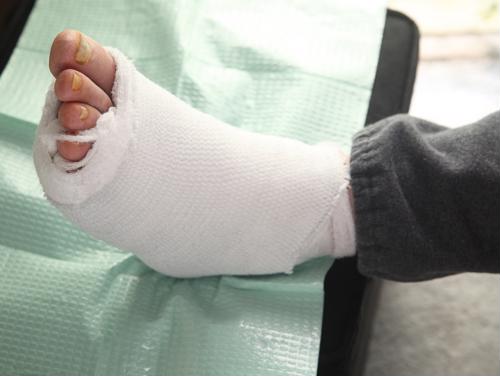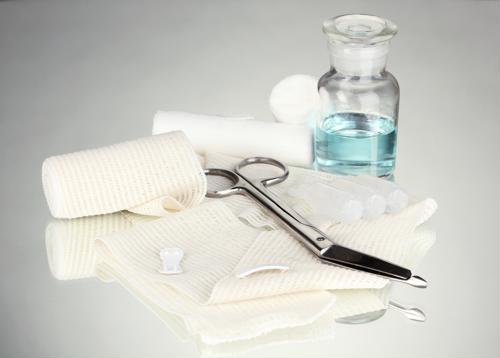Researchers have created a list of four keys to preventing diabetic foot ulcers.
The potential impact of a diabetic foot ulcer has been widely documented. Based on work that appeared in the European Journal of Vascular & Endovascular Surgery, researchers determined that 85 percent of all amputations performed on people with diabetes began with a foot ulcer. With that in mind, a four-pronged approach may be the key to preventing the ulcers and reducing the chances of complications.
The four keys to diabetic foot ulcer prevention were detailed by researchers in a studypublished on Consultant 360 and included:
- Patient education.
- Foot skin and toenail care.
- Appropriate footwear selection.
- Proactive surgical interventions.
Researchers said these points were crucial to not only preventing diabetic foot ulcers but lessening the chances of a recurring foot ulcer. Let’s look closer at the four keys to preventing diabetic foot ulcers.
Patient education
In educating patients on diabetic foot ulcers, researchers said the clinician plays a vital role as he or she supervises the management of medical services delivery. They can inform patients of the risk factors that precede a diabetic foot ulcer and may also advise them on weight management, monitoring blood glucose levels and maintenance such as keeping feet clean and moisturized, having calluses removed by professionals and wearing clean socks.
Foot skin and toenail care
Because diabetic patients can have nervous system dysfunctions, their skin can be particularly prone to dryness and suffer from a loss of elasticity and more likely to form calluses at the site of the healed wound. These and other factors (skin fragility, repetitive contact pressure, etc.) make diabetes patients more prone to foot ulcers. Toenails also are areas of concern as they may develop fungal infections or become dysmorphic or ingrown, creating a sore that can later become ulcerous. The Diabetic Foot Council recommends clinicians perform a comprehensive foot exam yearly.
Protective footwear
An American Diabetes Association report highlights the effectiveness of protective footwear. The risk factors present and any deformities in the foot will determine the extent of protective footwear that is needed or recommended for diabetic patients. In addition, the location of the wound (or of past wounds) and any peripheral artery disease should also be considered. The protective footwear may involve padded inserts, arch support and larger toe boxes and may either be commercial, non-prescription shoes available in retail outlets or special footwear that is custom molded.
Proactive surgeries
Finally, having surgery done before a diabetic foot ulcer develops can be a successful prevention measure, according to the researchers. They stated that an underlying bone deformity, insufficient blood flow and an unresolved infection deep in the foot can be the reason many diabetic foot ulcers fail to heal. All three can be managed by surgical techniques as recommended by a clinician and blood flow can be improved by hyperbaric oxygen treatments.
Innovative Outcomes is the nation’s leader in delivering specialized wound care supplies to patients.





